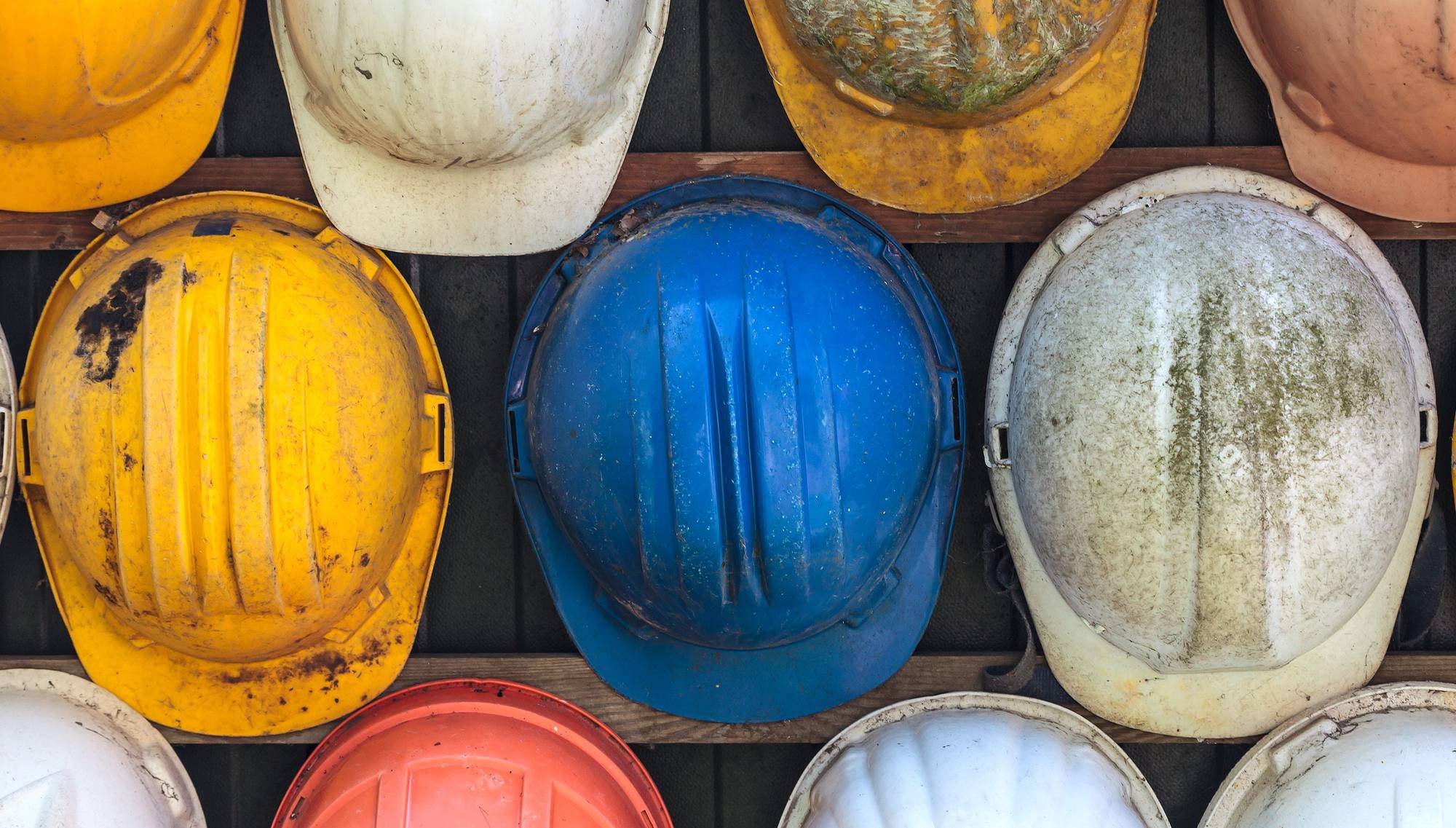Safety should be the number one priority of every construction company. Unfortunately, there are many myths and misconceptions about safety that are taken as fact. Believing these myths can lead to unsafe work practices and lead to accidents and injuries on the jobsite.
Here are six common construction safety myths debunked:
1. Following OSHA standards are the best way to ensure safety.
OSHA’s regulations and safety standards are the bare minimum of what construction companies need to do to prevent accidents and protect workers. As part of their standards interpretations, the agency has clearly stated that OSHA standards are the minimum safety requirements. OSHA does not prohibit companies from adopting stricter safety requirements.
Adhering to OSHA standards are important to stay in compliance and they do provide a basic level of safety when followed. This doesn’t mean that simply following these standards will prevent every accident. Accidents have occurred by just following OSHA standards and have led to serious injuries and death.
OSHA standards should be the base that you start with to build and improve your safety program. Employers should always be looking at ways to beef up their safety programs and practices to protect workers.
2. Accidents just happen, that’s why they’re called accidents.
This is like saying it’s okay to run with scissors because if you are going to trip and impale yourself on a sharp object it’s going to happen regardless of what you do. Almost all accidents that occur on the jobsite can be prevented with the right amount of planning, proper training and putting site specific engineered systems in place.
There’s always a cause or series of events that lead to every accident. It’s hard to foresee every possible scenario, but with the right measures in place it is possible to reduce risks by eliminating or mitigating most hazards.
Truly unpreventable accidents do happen, but they are rare. Investigations after an accident will reveal what caused it to happen. Inevitably, the accident didn’t just happen but was the result of not having the proper systems in place or not following the rules that led to it happening.
3. Personal protective equipment is enough to protect workers.
Personal protective equipment (PPE) is the last line of defense and should not be relied upon as the primary protection of workers. PPE can minimize exposure to hazards that can lead to serious injuries and death but it won’t prevent accidents from happening. They should be used in conjunction with engineered safety systems, machine guards and safe working practices, not as replacement for these things.
For example, a personal fall arrest system can prevent a worker from falling to a lower level and being injured or killed, but safety railing actually prevents the fall from occurring in the first place. Hard hats can minimize the damage to worker if they are struck by tools or materials being knocked off a scaffold. On the other hand, installing debris netting on the scaffold will prevent the accident from occurring.
Owners are required to provide PPE to workers and ensure that they are being properly used. Training should be provided so workers know how to select the correct PPE and ensure a proper fit. PPE should be inspected before each use and replaced as needed when they become damaged or worn.
4. Safety is solely the safety manager’s responsibility.
Safety is the responsibility of everyone in your organization. Every worker is responsible for following the rules, wearing PPE and working in a safe manner. Workers should be encouraged to report any hazards and be empowered to stop work if they witness unsafe work practices or if a safety hazard is present that needs to be addressed.
The safety manager role is important. Typically, they oversee safety training, developing and updating safety programs and working with project managers and site superintendents to implement site-specific safety measures.
Safety managers can’t be everywhere all the time monitoring workers and construction activity. Workers should be looking out for themselves and those around them. Everyone on the jobsite is responsible for following the rules and employing safe working practices.
5. Workers only need safety training when they are initially hired.
Safety training should be an ongoing process, not a one-time event. It’s impossible to provide all the necessary training, or have your workers retain all that knowledge, in just one session.
Safety training isn’t just for new workers. Ongoing training can help reinforce the lessons they have learned or correct behavior from inadequate or inefficient training that veteran workers may have received elsewhere. Retraining should be conducted after accidents and when workers are observed to be violating the rules.
Holding daily or weekly safety meetings and toolbox talks are a great can prevent workers from getting complacent and avoid taking safety for granted. These are great opportunities to address safety concerns, discuss possible hazards and talk about safe working practices for the current tasks being conducted.
6. Incentive/punishment programs greatly reduce accidents.
Be careful about relying on an incentive program that rewards workers for going so many days without an accident or injury, as it could lead to underreporting. The same thing can happen when workers are punished for being involved in accidents.
This doesn’t help prevent accidents, it just prevents you from knowing when they occur. Instead of punishing workers, provide additional training and work with them to ensure that they are following the rules.
Use incentives to reward workers for adhering to safe working practices, attending safety meetings, wearing personal protective equipment (PPE), reporting near misses, making suggestions to improve safety and reporting unsafe conditions or hazards. By encouraging and rewarding workers for their proactive approach to safety will result in fewer accidents and injuries.
